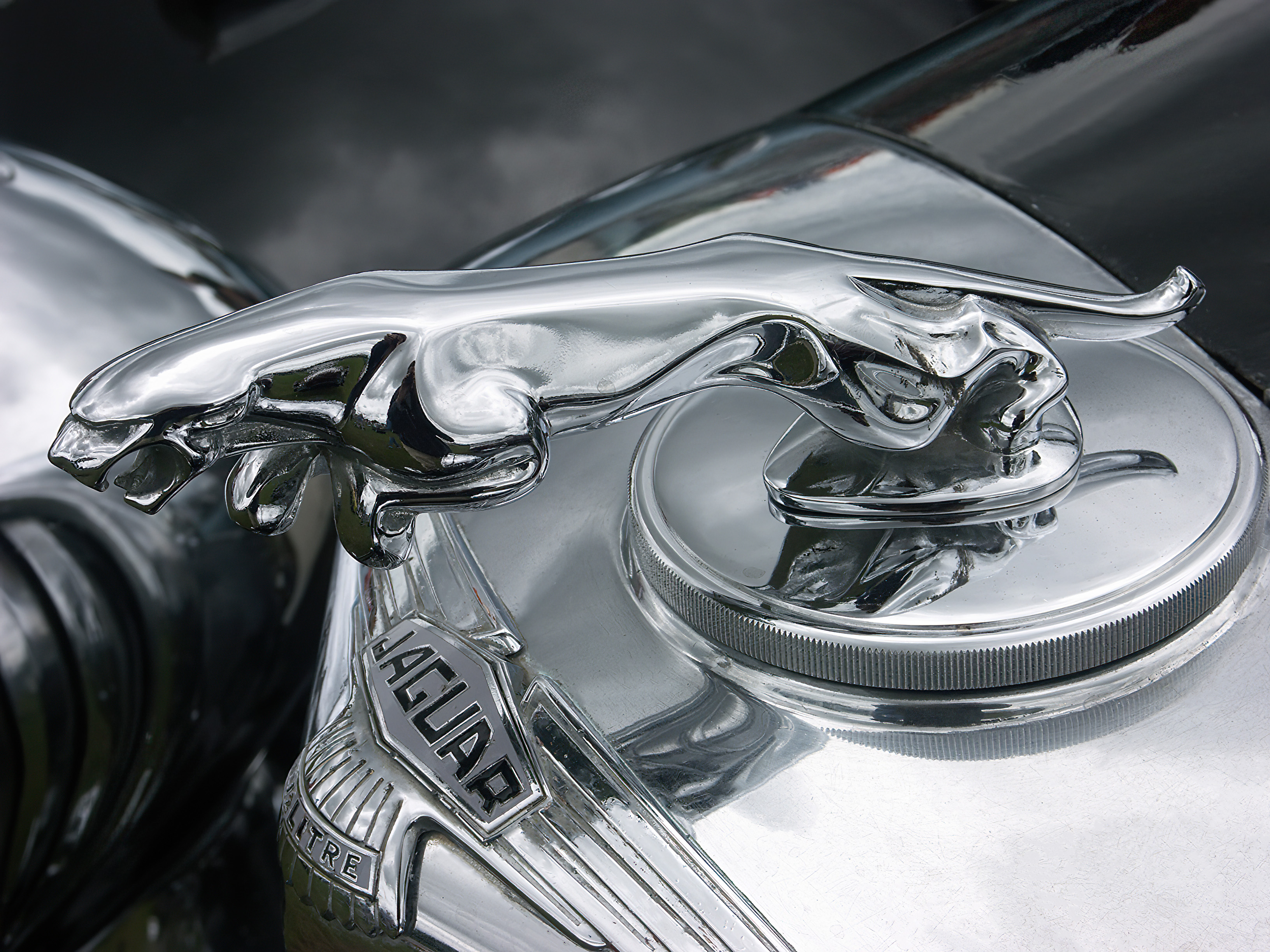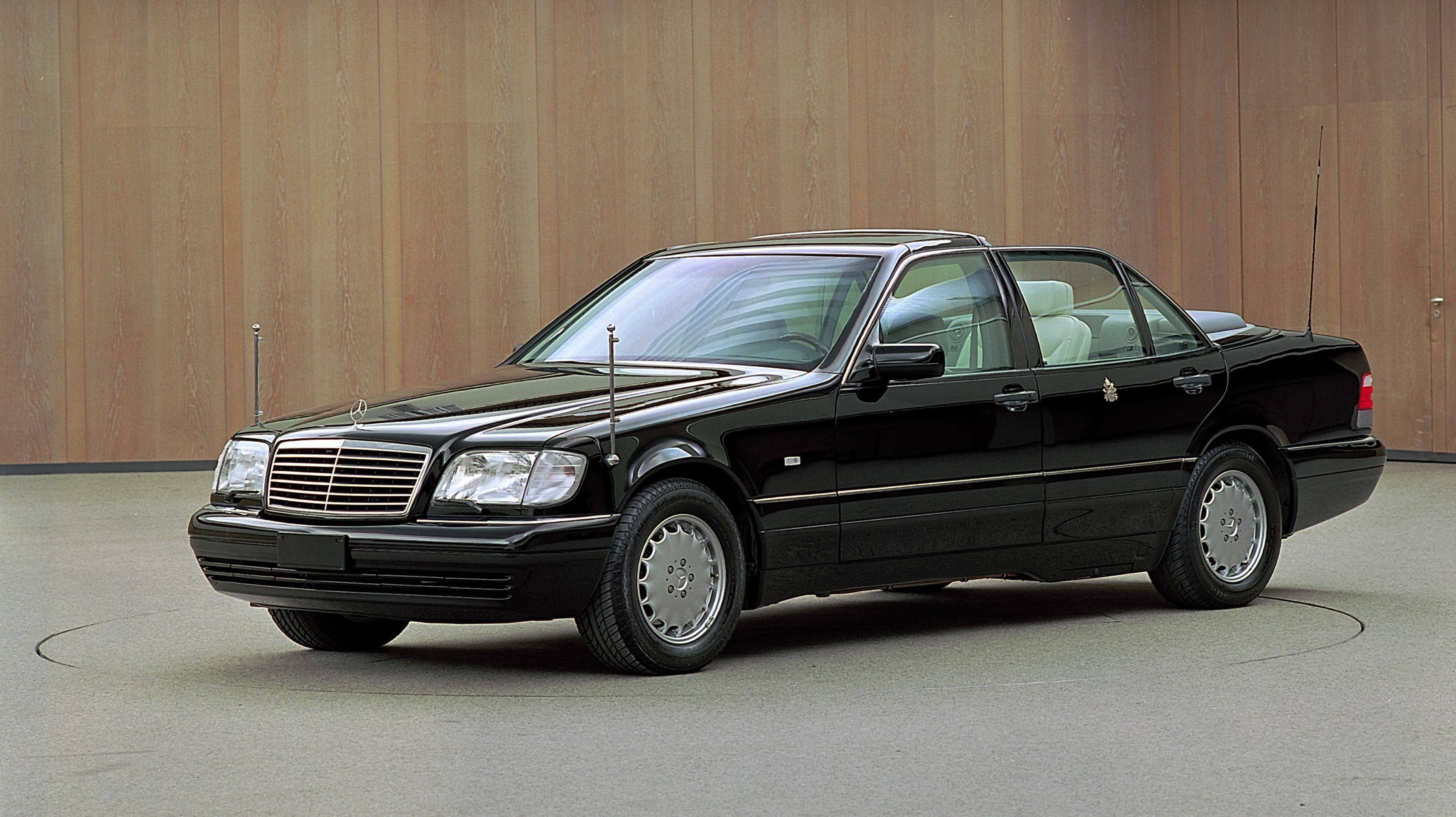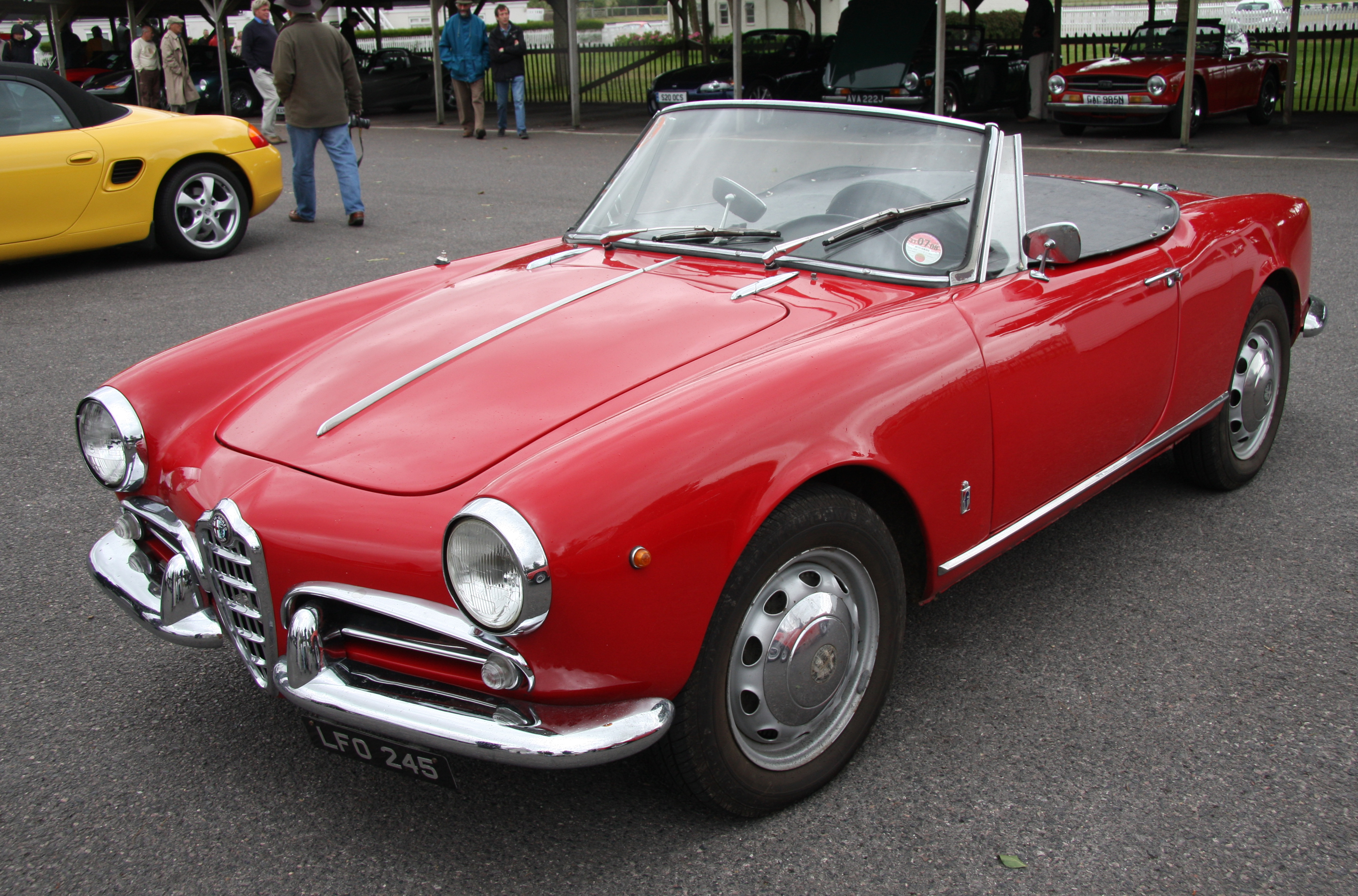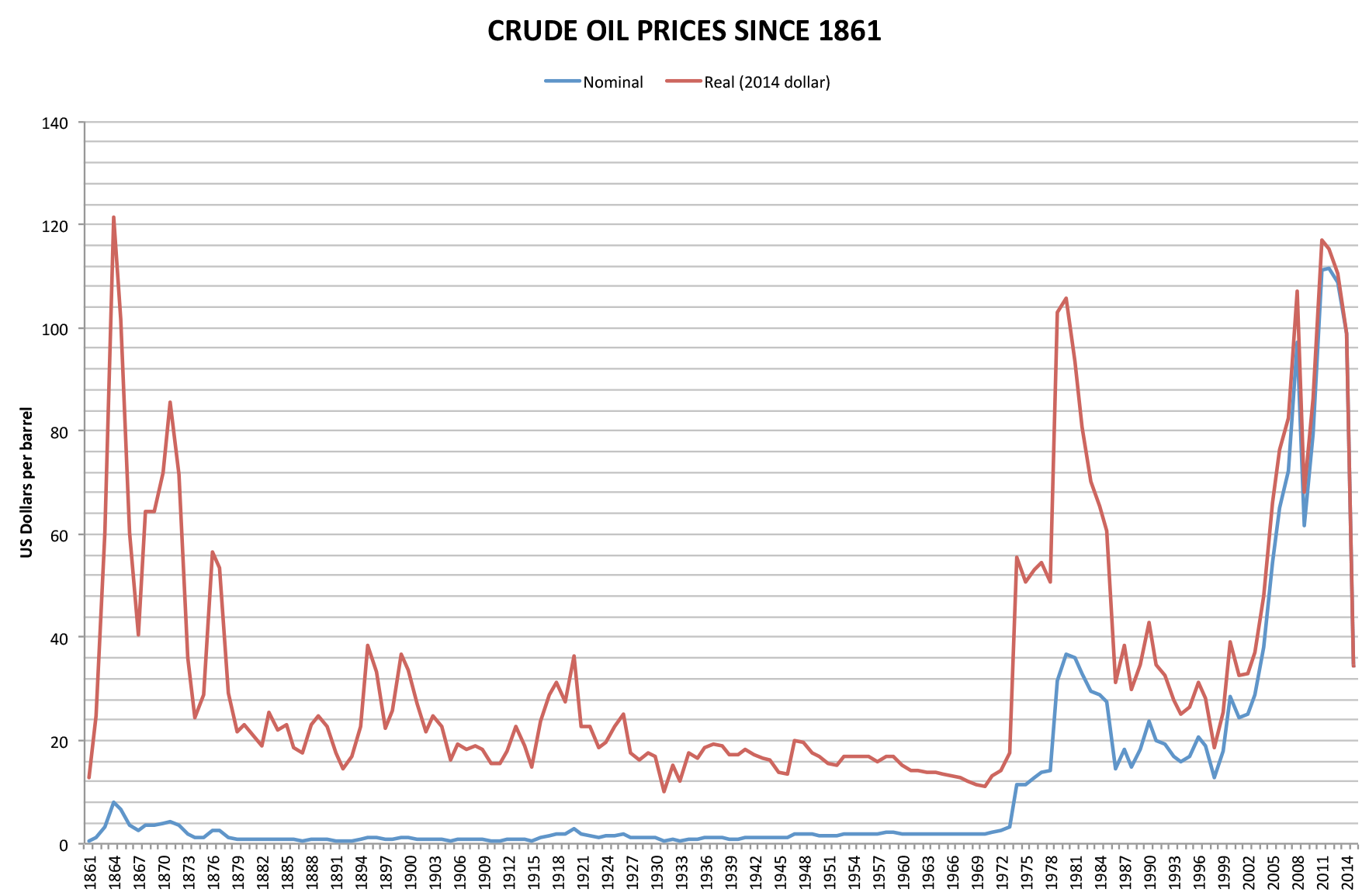|
Jaguar XJ (XJ40)
The Jaguar XJ (XJ40) is a full-size luxury saloon manufactured by Jaguar Cars between 1986 and 1994. It was officially unveiled on 8 October 1986 as an all-new, second generation of the XJ to replace the Series III, although the two model ranges were sold concurrently until the Series III was discontinued in 1992. The XJ40 used the Jaguar independent rear suspension arrangement, and featured a number of technological enhancements, such as electronic instrument cluster. It was the last car to be developed independently by Jaguar (prior to its takeover by Ford), and also the last to have been developed largely within the lifetime of the company's founder Sir William Lyons, who died shortly before its release. The 1993 XJ6 earned the title of "Safest Car in Britain" as the result of a government survey. The original 1986 car gave way to the heavily revised Jaguar XJ (X300) in 1994, followed by the Jaguar XJ (X308) in 1997. The XJ40 and its later derivatives is to date the sec ... [...More Info...] [...Related Items...] OR: [Wikipedia] [Google] [Baidu] |
Jaguar Cars
Jaguar (, ) is the sports car and luxury vehicle brand of Jaguar Land Rover, a British multinational corporation, multinational automaker, car manufacturer with its headquarters in Whitley, Coventry, England. Jaguar Cars was the company that was responsible for the production of Jaguar cars until its operations were fully merged with those of Land Rover to form Jaguar Land Rover on 1 January 2013. Jaguar's business was founded as the Swallow Sidecar Company in 1922, originally making motorcycle sidecars before developing bodies for passenger cars. Under the ownership of SS Cars, the business extended to complete cars made in association with Standard Motor Company, many bearing ''Jaguar'' as a model name. The company's name was changed from SS Cars to Jaguar Cars in 1945. A merger with the British Motor Corporation followed in 1966, the resulting enlarged company now being renamed as British Motor Holdings (BMH), which in 1968 merged with Leyland Motor Corporation and became ... [...More Info...] [...Related Items...] OR: [Wikipedia] [Google] [Baidu] |
Jaguar V12 Engine
An evolution of the 1964 DOHC prototype “XJ13” engine, the Jaguar V12 engine is a family of SOHC internal combustion engine, internal combustion V12 engines with a common Engine block, block design, that were mass-produced by Jaguar Cars for a quarter of a century, from 1971 to 1997, mostly as 5.3litres, but later also as 6litres, and 7litre versions that were deployed in racing. Except for a few low-volume exotic sports car makers, Jaguar's V12 engine was the world's first V12 engine in mass-production. For 17 years, Jaguar was the only company in the world consistently producing Luxury car, luxury Sedan (automobile), four-door saloons with a V12 engine. The V12 powered all three series of the original Jaguar XJ luxury saloons, as well as its Jaguar XJ (XJ40)#XJ12 and Daimler Double Six (XJ81), second generation XJ40 and Jaguar XJ (X300)#XJ12 (X305), X305 successors. Originally fitted with carburettors, the SOHC V12s received electronic fuel injection in 1975. In 1981, the en ... [...More Info...] [...Related Items...] OR: [Wikipedia] [Google] [Baidu] |
W140 Mercedes-Benz S-Class
The Mercedes-Benz W140 is a series of flagship vehicles manufactured by Mercedes-Benz from 1991 to 1998 in sedan/saloon and coupe body styles and two wheelbase lengths (SE and SEL). Mercedes-Benz unveiled the W140 S-Class at Geneva International Motor Show in March 1991, with the sales starting in April 1991 and North American launch was on 6 August 1991. All models were renamed in June 1993 as part of the corporate-wide nomenclature changes for 1994 model year on, becoming "S" regardless of wheelbase length or body style as well as fuel type. Diesel models carried a TURBODIESEL trunk/boot lid label. In 1996, the S-Class coupé was renamed again as CL-Class into its own model range. The W140 series S-Class was superseded by the W220 S-Class sedan and C215 CL-Class coupé in 1998 after an eight-year production run. Production of the W140 reached 432,732, with 406,710 sedans and 26,022 coupes. History Development of the W140 began in 1981, with official introduction ori ... [...More Info...] [...Related Items...] OR: [Wikipedia] [Google] [Baidu] |
Lexus LS400
The is a series of full-size car, full-size luxury car, luxury sedans that have served as the Core product, flagship model of Lexus, the luxury division (business), division of Toyota, since 1989. For the first four generations, all LS models featured V8 engine, V8 engines and were predominantly rear-wheel-drive. In the fourth generation, Lexus offered all-wheel-drive, hybrid vehicle, hybrid, and long-wheelbase variants. The fifth generation changed to using a V6 engine with no V8 option, and only one length was offered. As the first model developed by Lexus, the LS 400 debuted in January 1989 with the second generation debuting in November 1994. The LS 430 debuted in January 2000 and the LS 460/LS 460 L series in 2006. A domestic-market version of the LS 400 and LS 430, badged as , was sold in Japan until the Lexus marque was introduced there in 2006. In 2006 (for the 2007 model year), the fourth generation LS 460 debuted the first production eight-speed automatic transmission ... [...More Info...] [...Related Items...] OR: [Wikipedia] [Google] [Baidu] |
E32 BMW 7-Series
The BMW E32 is the second generation of the BMW 7 Series luxury cars and was produced from 1986 until 1994. It replaced the E23 and was initially available with straight-six or V12 powerplants. In 1992, V8 engines became available. From its inception, the E32 was among the most technologically advanced cars in its day. The E32 introduced numerous features including adaptive suspension (EDC), traction control, two available wheelbases (i and iL), and dual-zone climate control. The E32 750i was the first car adhering to a "gentlemen's agreement" amongst the German manufacturers limiting maximum speed to . Other automotive passenger vehicles features introduced with the E32 included: projector lens headlamps (1986); double glazed windows (1991); HID (Xenon) headlamps (1991). E32 also introduced BMW's first V8 engine since the BMW 501/502, last produced in 1962, and their first V12 engine, which was also the first German car to have a V12 engine since the 1939 Maybach Zeppel ... [...More Info...] [...Related Items...] OR: [Wikipedia] [Google] [Baidu] |
Series III XJ6
The Jaguar XJ is a series of mid-size/full-size luxury cars produced by British automobile manufacturer Jaguar Cars (becoming Jaguar Land Rover in 2013) from 1968 to 2019. It was produced across four basic platform generations (debuting in 1968, 1986, 2003, and 2009) with various updated derivatives of each. From 1970, it was Jaguar's flagship four-door model. The original model was the last Jaguar saloon to have been designed under the leadership of Sir William Lyons, the company's founder, and the model has been featured in a myriad of media and high-profile appearances. __TOC__ Series 1, 2, and 3 (1968–1992) The first generation Jaguar XJ was produced for a total period of 24 years, with two major facelifts – in 1973 and in 1979, with a raised front bumper and less tall grilles. For four years, the 1968 introduced XJ (later known as the Series 1) was a four-door, straight-six saloon on a wheelbase. In 1972, a more spacious, longer wheelbase (LWB) option, and a 5.3 ... [...More Info...] [...Related Items...] OR: [Wikipedia] [Google] [Baidu] |
John Egan (industrialist)
Sir John Leopold Egan (born 7 November 1939) is a British industrialist, associated with businesses in the automotive, airports, construction and water industries. He was chief executive and chairman of Jaguar Cars from 1980 to 1990 and chairman of Jaguar plc from 1985 to 1990, and then served as chief executive of BAA from 1990 to 1999. He is also notable for chairing the construction industry task force that produced the 1998 Egan Report (''Rethinking Construction'') and the follow-up report, ''Accelerating Change'', in 2002. During 2004, undertook the ''Egan Review of Skills for Sustainable Communities'' for the Blair Government. In 2004, after completing two years as president of the Confederation of British Industry, he was appointed chairman of Severn Trent. Career John Egan was born in Rawtenstall, Lancashire, the son of a garage owner. The family moved to Coventry where he went to Bablake School. He studied petroleum engineering at Imperial College London and subsequ ... [...More Info...] [...Related Items...] OR: [Wikipedia] [Google] [Baidu] |
Pininfarina
Pininfarina S.p.A. (; ; short for Pininfarina Società per Azioni) is an Italian automotive design, car design firm and coachbuilder, with headquarters in Cambiano, Turin, Italy. The company was founded by Battista "Pinin" Farina in 1930. On 14 December 2015, the Indian multinational Mahindra Group acquired 76.06% of Pininfarina S.p.A. for about €168 million. Pininfarina is employed by a wide variety of automobile manufacturers to design vehicles. These firms have included long-established customers such as Ferrari, Alfa Romeo, Peugeot, Fiat Automobiles, Fiat, General Motors, GM, Lancia, and Maserati, to emerging companies in the Asian market with Chinese manufactures like AviChina Industry & Technology, AviChina, Chery, Changfeng Automobile, Changfeng, Brilliance China Auto, Brilliance, JAC Motors, JAC and VinFast in Vietnam and Korean manufacturers Daewoo and Hyundai Motor Company, Hyundai. Since the 1980s, Pininfarina has also designed high-speed trains, buses, trams, roll ... [...More Info...] [...Related Items...] OR: [Wikipedia] [Google] [Baidu] |
British Leyland
British Leyland was a British automotive engineering and manufacturing Conglomerate (company), conglomerate formed in 1968 as British Leyland Motor Corporation Ltd (BLMC), following the merger of Leyland Motors and British Motor Holdings. It was partly nationalised in 1975, when the British government created a holding company called British Leyland, later renamed BL in 1978. It incorporated much of the British-owned motor vehicle industry, which in 1968 had a 40% share of the UK car market, with its history going back to 1895. Despite containing profitable marques such as Jaguar Cars, Jaguar, Rover (marque), Rover, and Land Rover, as well as the best-selling Mini, BLMC had a troubled history, leading to its eventual collapse in 1975 and subsequent part-nationalisation. After much restructuring and divestment of subsidiary companies, BL was renamed the Rover Group in 1986, becoming a subsidiary of British Aerospace from 1988 to 1994, then was subsequently bought by BMW. The fina ... [...More Info...] [...Related Items...] OR: [Wikipedia] [Google] [Baidu] |
1973 Oil Crisis
In October 1973, the Organization of Arab Petroleum Exporting Countries (OAPEC) announced that it was implementing a total oil embargo against countries that had supported Israel at any point during the 1973 Yom Kippur War, which began after Egypt and Syria launched a large-scale surprise attack in an ultimately unsuccessful attempt to recover the territories that they had lost to Israel during the 1967 Six-Day War. In an effort that was led by Faisal of Saudi Arabia, the initial countries that OAPEC targeted were Canada, Japan, the Netherlands, the United Kingdom, and the United States. This list was later expanded to include Estado Novo (Portugal), Portugal, Rhodesia, and South Africa. In March 1974, OAPEC lifted the embargo, but the price of oil had risen by nearly 300%: from US to nearly US globally. Prices in the United States were significantly higher than the global average. After it was implemented, the embargo caused an oil crisis, or "shock", with many short- and long ... [...More Info...] [...Related Items...] OR: [Wikipedia] [Google] [Baidu] |
Jaguar XJ (X308)
The Jaguar XJ (X308) is a full-size luxury saloon car manufactured and marketed by Jaguar Cars for years 1997–2003 across two generations and featuring the Jaguar AJ-V8 engine and Jaguar independent rear suspension. It was the third and final evolution of the Jaguar XJ40 platform that had been in production since 1986. It was preceded by the Jaguar XJ (X300). Exterior The X308 kept much of the same exterior styling as its predecessor, the Jaguar XJ (X300), carrying its rounded four-headlamp bonnet, low roofline, sloping tail, and wrap-around rear light clusters. From the front, the two generations can be differentiated by the shape of the indicator lenses (rectangular on the X300, oval on the X308), and also by the shape of the fog lamps and lower valance air intake, both of which are more rounded on the X308. The front and rear bumpers were both changed along with the taillights which had red/clear lenses rather than red/grey lenses. The grille surround and badging was sli ... [...More Info...] [...Related Items...] OR: [Wikipedia] [Google] [Baidu] |
William Lyons
Sir William Lyons"Sir William Lyons – The Official Biography" by Philip Porter & Paul Skilleter, Haynes Publishing (4 September 1901 – 8 February 1985), known as "Mr. Jaguar", was with fellow motorcycle enthusiast William Walmsley, the co-founder in 1922 of the Swallow Sidecar Company, which became Jaguar Cars Jaguar (, ) is the sports car and luxury vehicle brand of Jaguar Land Rover, a British multinational corporation, multinational automaker, car manufacturer with its headquarters in Whitley, Coventry, England. Jaguar Cars was the company that ... Limited after the Second World War. Early life and career Lyons was born in Blackpool, son of Irish people, Irish immigrant William Lyons, who owned a musical instrument shop, and his wife Minnie Barcroft, the daughter of a mill owner. After attending Arnold School, Lyons obtained an engineering apprenticeship at Crossley Motors in Manchester, where he also studied at the technical school. He left Crossley in 1919 t ... [...More Info...] [...Related Items...] OR: [Wikipedia] [Google] [Baidu] |








